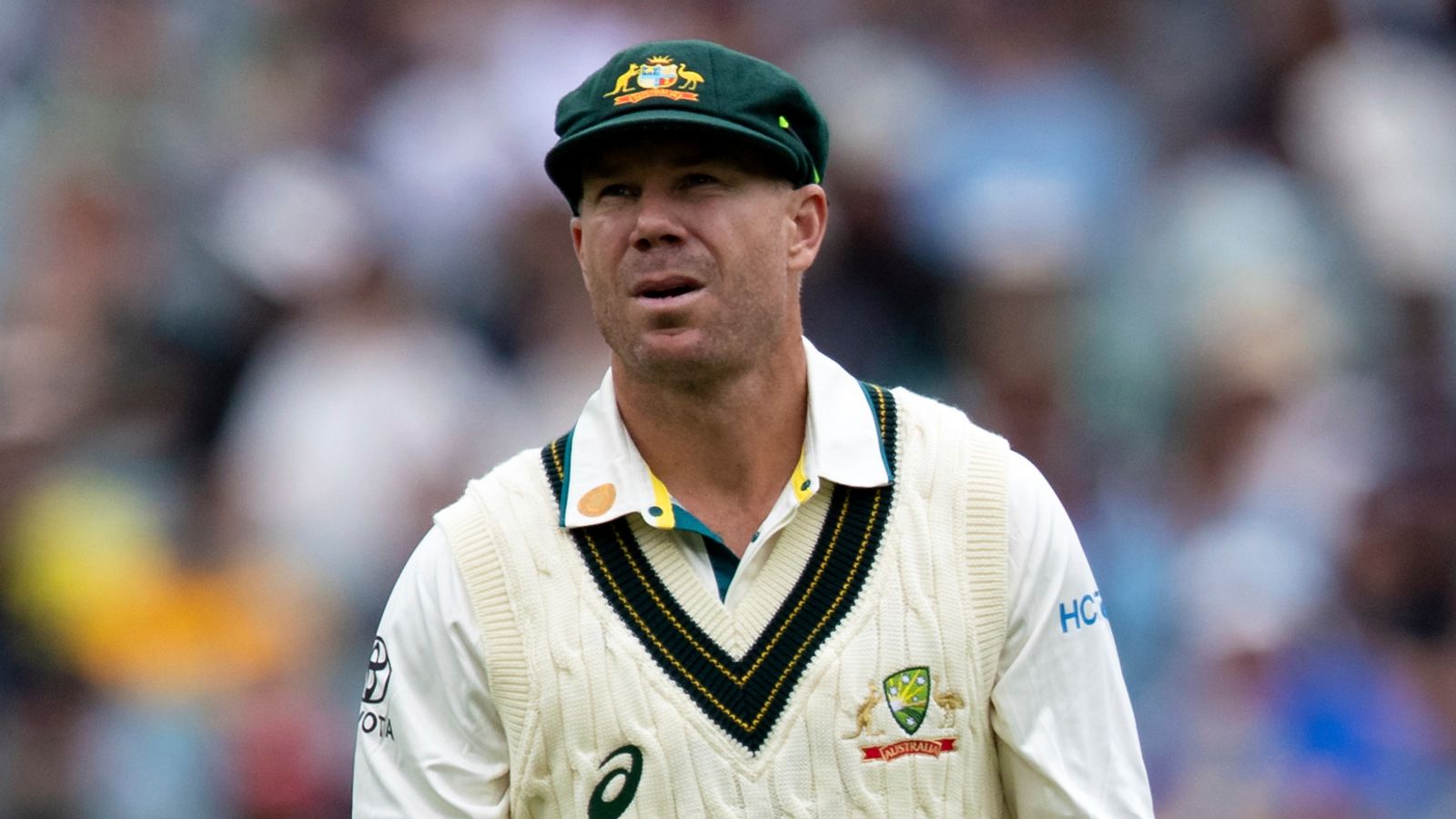
The Evolution of Boxing: How the Sport Has Changed Over the Years
Jody
- 0
Boxing is a sport that has been around for centuries, and over the years it has evolved and changed in many ways. From its origins as a crude form of combat in ancient times to the modern, highly-regulated sport it is today, the history of boxing is a fascinating look at how a sport can adapt and grow over time.
The origins of boxing can be traced back to ancient civilizations such as Egypt, Greece, and Rome, where it was often used as a form of entertainment and physical training for warriors. In these early days, there were few rules and regulations, and fights often ended in serious injury or even death. Over time, as the sport became more popular, rules and regulations were put in place to ensure the safety of the fighters.
In the 18th century, boxing began to take on a more organized and structured form, with the introduction of rules that prohibited certain types of blows and mandated the use of gloves. This marked the beginning of the modern era of boxing, and the sport began to gain widespread popularity as a form of entertainment. Boxing matches became major events that drew large crowds and attracted the attention of the media.
In the 20th century, boxing underwent another significant evolution with the establishment of governing bodies such as the International Boxing Federation (IBF), World Boxing Association (WBA), and World Boxing Council (WBC). These organizations were responsible for creating unified rules and regulations for the sport, as well as sanctioning championship bouts and overseeing the rankings of fighters.
The introduction of weight classes also changed the way boxing matches were organized, allowing for fairer and more competitive matchups between fighters of similar size and skill level. This led to the development of boxing as a sport with a clear structure and hierarchy, with fighters competing for titles in their respective weight divisions.
In recent years, the sport of boxing has continued to evolve with the integration of new technologies and training methods. The use of video analysis and data tracking has allowed fighters and coaches to gain a deeper understanding of their opponents’ strengths and weaknesses, and has led to a more strategic approach to training and fight preparation.
Additionally, the emergence of women’s boxing as a mainstream sport has brought about a new era of inclusivity and diversity in the sport, with female fighters gaining equal opportunities and recognition on the professional stage.
These changes have not only made the sport safer and more regulated, but have also brought about a new level of professionalism and skill in the sport. Today, boxing is a global phenomenon with a massive fan base, and the sport continues to evolve and grow as new talent emerges and new techniques are developed.
In conclusion, the evolution of boxing has been a long and fascinating journey, marked by significant changes in rules, regulations, and training methods. From its origins as a brutal form of combat to the highly-organized and regulated sport it is today, boxing has transformed into a global phenomenon that continues to captivate audiences around the world. The sport’s ability to adapt and change with the times is a testament to its enduring appeal and will undoubtedly continue to shape its future.


